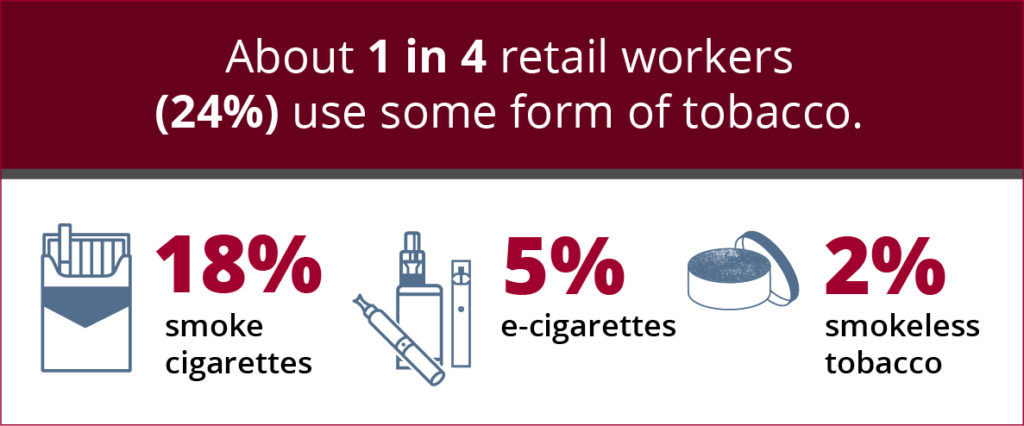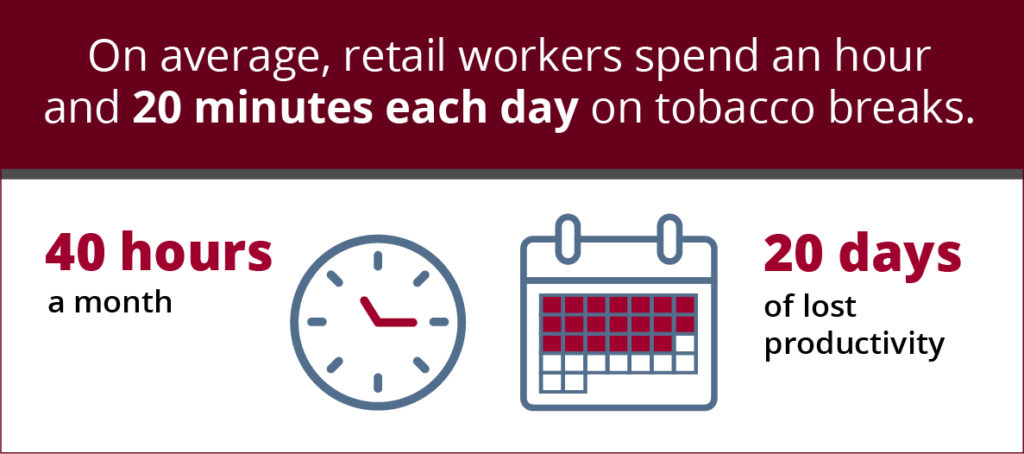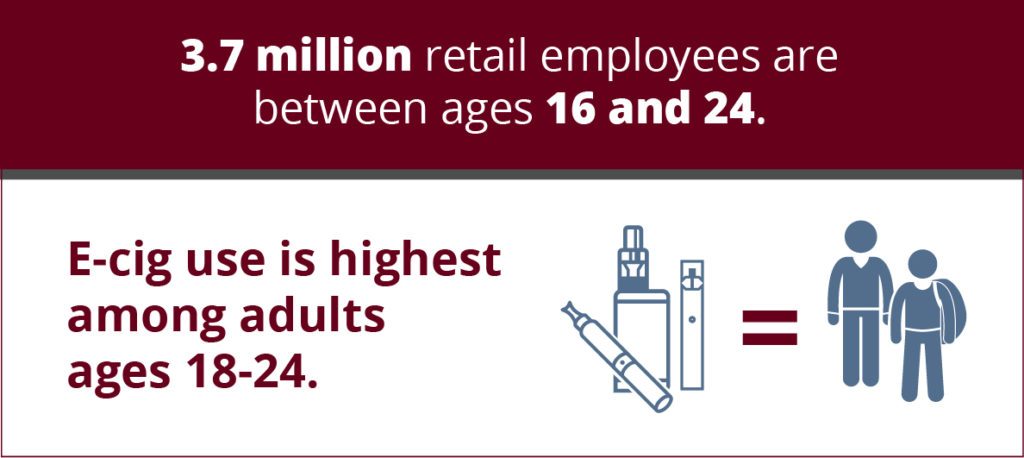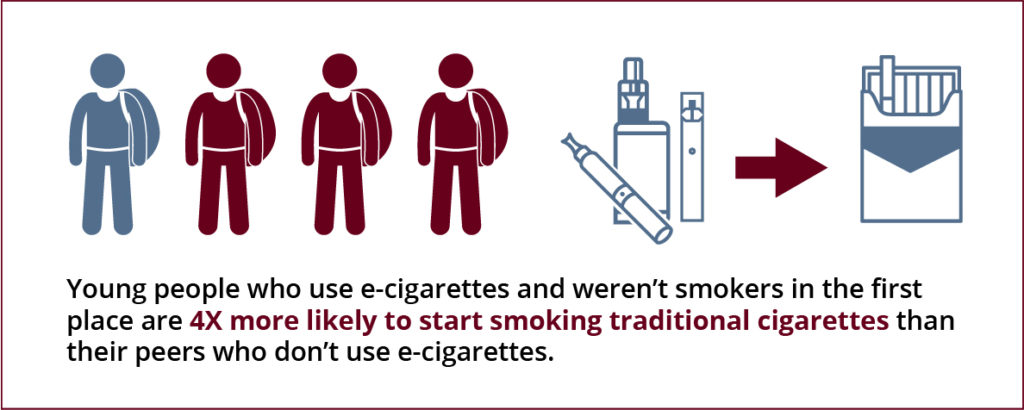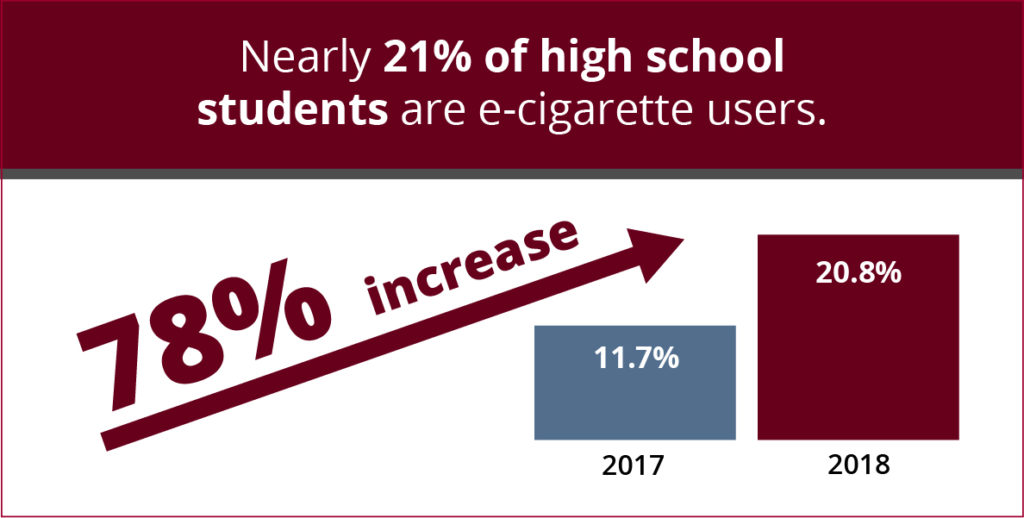In the tight-margin industry of retail, containing employee healthcare costs is a must.
Tobacco cessation is one example of a critical employee benefit that can help minimize healthcare spend—when it’s delivered in ways that employees want to use. So why isn’t it always top of mind for HR benefit leaders in retail companies?
Brutal impact of employee tobacco use in retail
Here are 6 critical reasons why an effective, easy-to-use quit-tobacco program for cigarettes, e-cigarettes, and chewing tobacco is a priority benefit for retail companies.
- High tobacco use: The retail industry has one of the highest rates of tobacco use. About 1 in 4 retail workers (24%) use some form of tobacco.
- Impacts on productivity: On average, retail workers spend an hour and 20 minutes each day on tobacco breaks. These breaks add up to over 40 hours a month and more than 20 days of lost productivity every year.
- Young workers at risk: Nearly a quarter of retail employees (3.7 million) are between ages 16 and 24. E-cigarette use or “vaping” is escalating at an alarming rate among youth, with the highest usage among adults ages 18-24.
Nearly all e-cigarettes contain nicotine, which can harm brain development and alter nerve cell functioning in young people. It can also make them more vulnerable to smoking. Young people who use e-cigarettes and weren’t smokers in the first place are 4X more likely to start smoking traditional cigarettes than their peers who don’t use e-cigarettes. (Learn more about why this matters to retailers in reason #6)
- Parents of vapers need support: The average age for a retail sales worker is 38, and these workers are likely to have children. Today, nearly 21% of high school students are e-cigarette users—a 78% increase from 2017. Preoccupied with worry about potential nicotine addiction and the health implications for their child, employees who are parents are prone to be distracted at work.
- Reduced sleep and other costly health effects: Working in retail isn’t easy. Long hours, varied schedules, and dealing with consumers is exhausting. But for workers who smoke, recovering with a good night’s sleep is tougher to come by.
Research suggests nicotine is the biggest sleep wrecker—more than caffeine or alcohol. Poor sleep increases a person’s risk for a variety of costly chronic conditions, including diabetes and coronary heart disease.
Smokers vs. nonsmokers are also more likely to develop a long list of other expensive diseases too, such as stroke and lung cancer.
- Long-term implications: Many retail employees start their careers on the frontline and then take on supervisory, management, and leadership positions as their careers progress. This means workers take their tobacco use—and the impacts on productivity and healthcare costs—with them as they move up the retail ladder. Ouch.
Retailers need an innovative approach to help employees quit
Tobacco users are much more likely to successfully quit when they receive help. But the type of help they receive can make or break engagement. The employee experience is critical.
So as you’re sizing up your current tobacco cessation provider against these reasons to act now, I encourage you to reflect on these questions: Does it provide multi-modal support to address different communication preferences for tobacco users of different ages? Does it address all forms of tobacco—including e-cigarettes? Does it provide support to parents of vapers? The short answer: It should.
Retail employers today need creative programs that meet retail workers’ needs, including:
- Live chat coaching to tap into while on a break
- An online community to connect 24/7 with peers who are facing the same challenges and who have successfully quit
- Dynamic text messaging for a check-in to get support before or after a shift
- Free quit medication that’s delivered right to their home
- A digital, mobile-friendly library of evidence-based resources
The EX Program delivers all of this and more. To start a conversation and learn how we can better meet the unique needs of your retail workforce, contact us today.
For more information on how tobacco use affects retail workers, see our blogs Care About Employee Mental Health? This Matters Too and 4 Ways Tobacco Use Makes Musculoskeletal Disorders More Costly.


